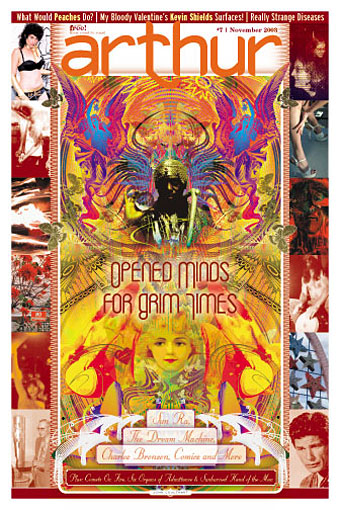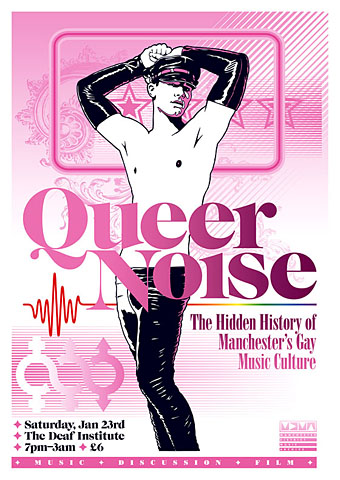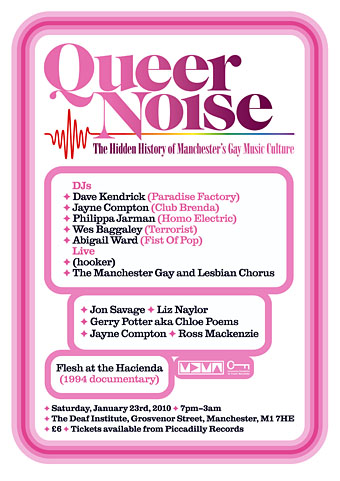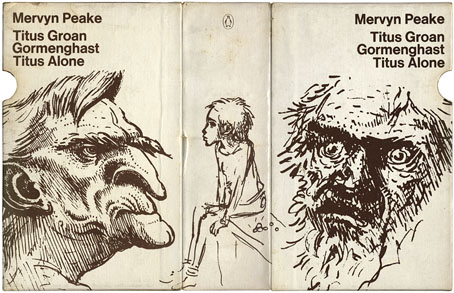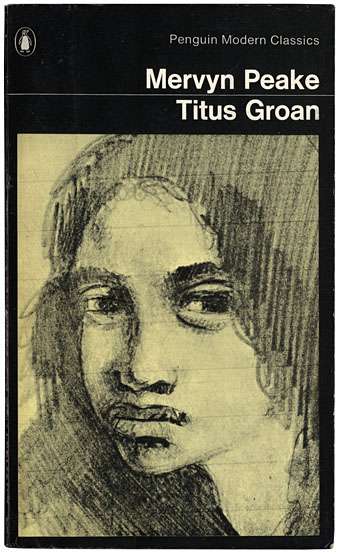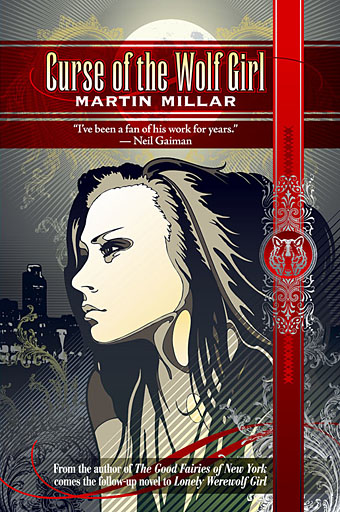The White Album by Flickr user Fab.C.
April 17th is Record Store Day in the UK and the US, a celebration of the importance of small record shops. In the spirit of this {feuilleton} encourages you to show some love to your local music merchant if you can. There’s a website for the US side of things with details of special releases that bands have produced in support of the day. FACT Mag ran an A–Z of similar releases which will be available in the UK and the Guardian has an article interviewing Johnny Marr, Tracey Thorn, Jon Savage and others about their favourite places past and present. No surprise to see Manchester shops highlighted given the contributors; Johnny Marr plugs Piccadilly Records and Beatin’ Rhythm (the latter a great source for obscure psychedelia, among other things) while Mr Savage also recommends Kingbee out in the wilds of Chorlton, the place where he discovered The Tornados’ Do You Come Here Often, one of the songs on his Queer Noises compilation.


